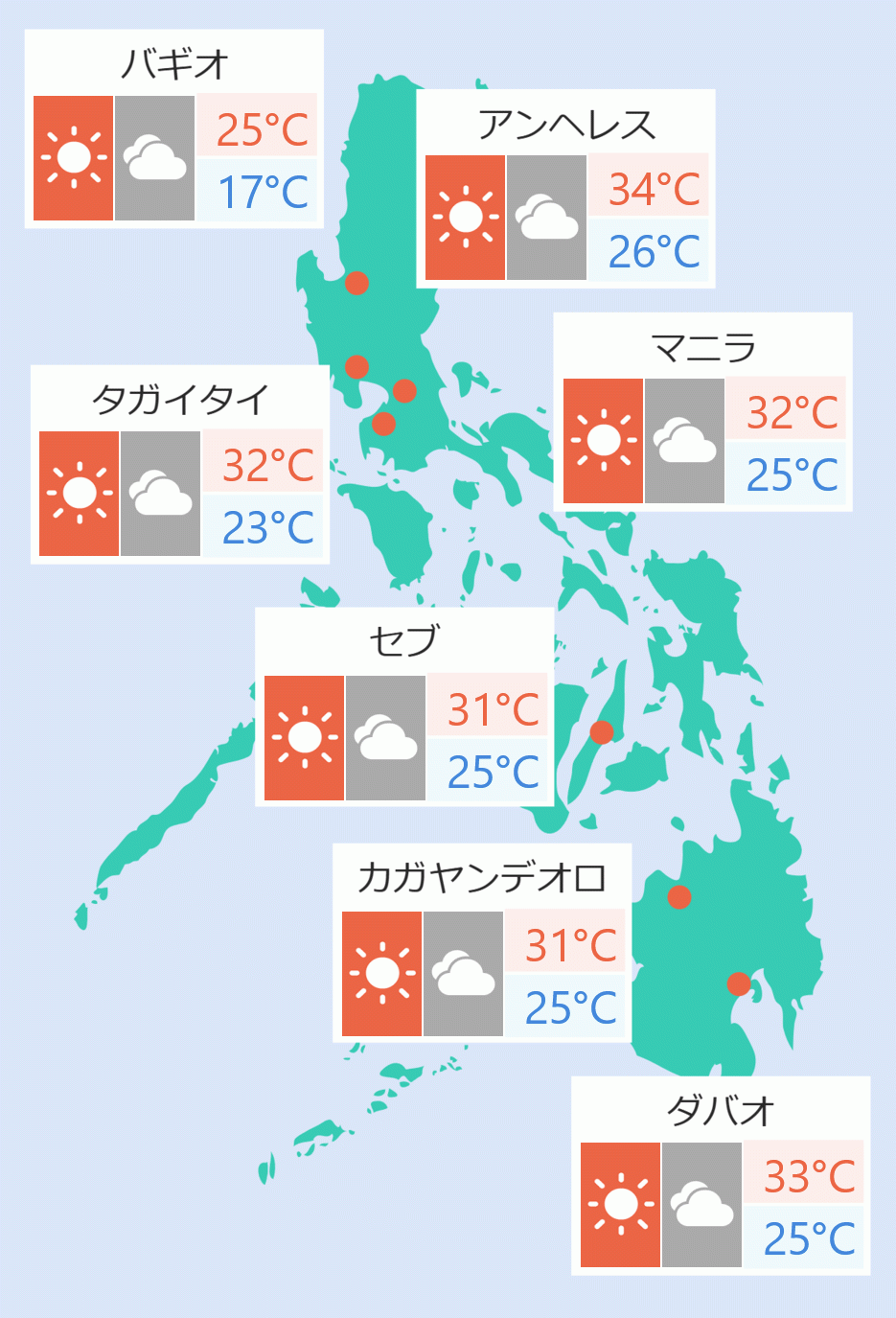Ensuring unhampered supply of energy alongside the promotion and utilization of renewable energy sources are top priorities of the administration of President Ferdinand Marcos Jr., in a bid to realize sufficient and clean energy supply in the future.
Based on the administration’s yearend report, the Department of Energy’s (DOE) major plans for 2023 include updating the Philippine Energy Plan, pursuing contingency measures and activities to ensure energy supply during critical periods, and pushing for the continued development of alternative fuel and improving access to electricity.
The DOE, in collaboration with the Energy Regulatory Commission (ERC), is also set to develop the policy and framework for new and emerging renewable energy technologies.
These include offshore wind, waste-to-energy, expanded rooftop solar program, as well as ocean and tidal stream energy.
To meet the target of 35 percent renewable energy share in the country’s power generation mix by 2030 and 50 percent by 2040, the Marcos administration has increased Investments in RE projects.
The executive department reported that from July 1 to December 14, 2022, the DOE awarded 41 renewable service contracts with a potential capacity of 9.2 gigawatts (GW).
Of which, around 6.2 GW of equivalent capacity will come from offshore wind (OSW) service contracts.
The DOE also issued 18 Certificates of Award to the winning bidders of the 1st Green Energy Auction Program (GEAP), with an aggregate capacity of 1,866.93 megawatts (MW).
To encourage more investors to develop and utilize renewable energy, the DOE increased the annual percentage of Renewable Portfolio Standards for on-grid areas from one percent to 2.52 percent beginning 2023 and started preferential dispatch of all renewable energy-generating units in the Wholesale Electricity Spot Market (WESM).
The DOE also allowed 100 percent foreign capital in RE projects by amending the implementing rules and regulations (IRR) of the RE Act that had previously limited foreign ownership of renewable projects to 40 percent.
The DOE has endorsed to the Office of the President a draft Executive Order that would strengthen and rationalize the regulatory framework for the immediate development of the OSW.
Also this year, the DOE made continued energy resource development, initiated the development of alternative fuels and implemented the government’s Energy Resiliency Compliance Plan.
On December 14, the DOE launched the National Energy Contingency Plan (NECP) for “The Big One,” aimed at crafting harmonized multi-sectoral contingency plans and disaster response measures from energy stakeholders.
The DOE and National Power Corp. (NPC) will undertake its renewable energy development program, including the hybridization of diesel generating facilities, considering that 89 percent of the energy generation and capacity mix in off-grid areas came from oil-based sources.
The use of nuclear power is also an important part of the energy mix that the DOE is eyeing.
The DOE will update the existing Nuclear Road Map to guide both the Nuclear Energy Program Implementing Organization (NEPIO) and the Nuclear Energy Program Inter-Agency Committee (NEP-IAC) in addressing the challenges of the country’s nuclear energy program. Presidential News Desk





 English
English










